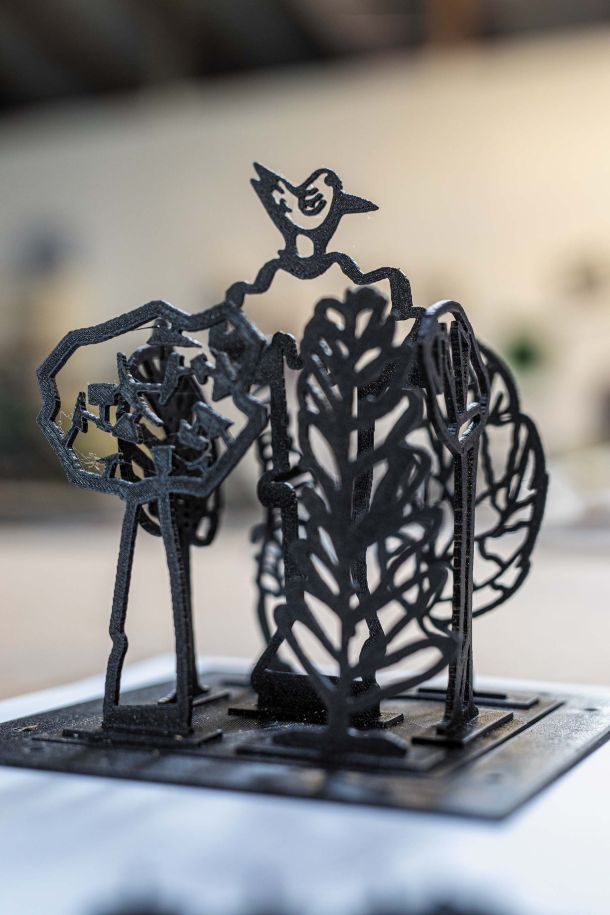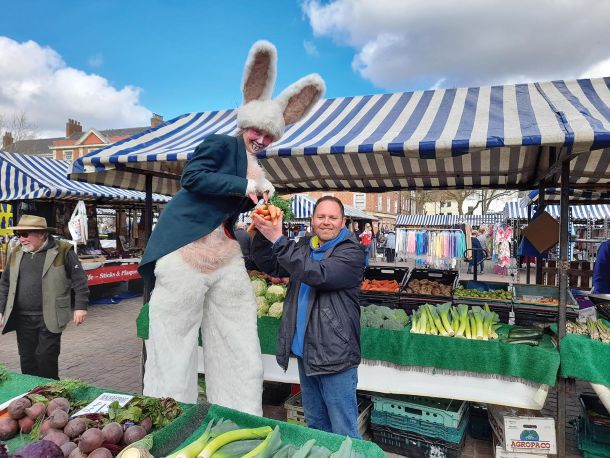Dog Walkers Urged To Lead The Way...
A walk in nature can be an uplifting experience. For many, any walk is enhanced by the company of a favourite pooch; but when visiting nature reserves, areas of open countryside, and even beaches, it pays to keep your dog on a short lead to prevent disturbing wildlife.
As a dog owner myself, I appreciate that dogs do sometimes need to be able to run free and the sight of a dog running at full pelt or galloping around excitedly is a delight to see, but our much loved pets can be an unwitting menace to both wildlife and livestock, especially at this time of year.
One of the biggest areas of potential conflict is dogs disturbing ground nesting birds. All it takes is for a dog to do what dogs do and wander off the path on a nature reserve to potentially scare away an adult bird or even trample a nest.
Whilst the law says that you must keep your dog on a lead no longer than 2 metres between 1st March and 31st July - when on any open access land to protect ground-nesting birds – there is no such law applying to sites like Idle Valley Nature Reserve, despite its protected status, the nearby Daneshill Lakes or the Trust’s small reserves such as Treswell Wood. At such sites we rely upon the good will of visitors to keep their pets under control, but with more pressure on local greenspaces since the lockdowns of 2020 and 2021 and with upwards of 2 million more dogs in the UK, now is an ideal time to highlight why keeping dogs on a lead is important.
As people explore our wonderful countryside, larger parks and nature reserves, the celebrated song of the skylark and bubbling call of curlew are welcome sounds of spring. These birds, whose numbers are in worrying decline, are now busy making their delicate nests tucked away on the long grass; but all too often an exuberant or just inquisitive dog wandering through grass or heather can wreak havoc for wildlife.
If a female bird is scared off, then eggs can become chilled or chicks can quickly perish through cold and hunger. If a male is disturbed or killed it could mean that the female and chicks all starve, potentially wiping out a whole family.
When you consider that many species that can easily be disturbed by dogs, such as willow warblers, have travelled all the way from Africa to breed, isn’t it only fair that we give them every chance of success by keeping our dogs on leads when visiting nature reserves and even other sites at this time of year.
Speaking about the issue, James Brittain-McVey, lead guitarist of The Vamps, dog owner and ambassador for The Wildlife Trusts said recently: “I’ve learnt, as a rescue dog owner, the importance of keeping your dog under control at all times. And at this time of year, it’s especially important to remember that we can all play our part in helping birds breed successfully by keeping dogs on short leads in wild places – especially when so many species are having such a hard time.”
Whether you’re visiting moorland, fields, urban parks or the beach, The Wildlife Trusts are calling on dog walkers to keep their dogs on short leads to help ground-nesting birds throughout spring and summer. Many species of birds nest on the ground – or just above it, and these can be hard to see – putting them at increased risk of trampling, disturbance, and harm.
On sites such as Idle Valley Nature Reserve and even more so at our Attenborough Reserve where the grassland is restricted to relatively narrow areas between footpaths and water bodies, it can be very easy for dogs to disturb wildlife, even when on a long or retractable lead.
When so many of our species are having such a hard time, we can all play our part in helping birds breed successfully by keeping dogs on short leads when visiting wild places.
Down the years I’ve had many people ask why we don’t simply ban dogs from our nature reserves, after all, other conservation charities do, or at least place much greater restrictions on where dogs can and can’t go. Whilst managing different people’s expectations can be tricky we’ve always chosen to allow dogs, but asked that people keep them under close control and preferably on a lead. At this time of year, with ground nesting birds at their most vulnerable and lambs from our conservation grazing flock about to return to nature reserves across the county from our lambing base at Idle Valley, keeping dogs on a short lead is more vital than ever.
We firmly believe that our nature reserves are for wildlife and people and many visitors want to bring their dogs. Many of our team, not just me, have dogs, so we understand the pleasure that a walk with your furry friend can bring, but allowing dogs to run loose on nature reserves can be devastating for wildlife, particularly in spring when species are breeding and vulnerable, so we’re launching a mini campaign to help get the message across.
In addition to asking visitors to keep dogs on a short lead we’re asking dog walkers to be sensitive by sticking to paths – and properly disposing of dog poo. Wildlife is already under enormous pressure – and by keeping our dogs in check we can help stop making matters worse.
Many people naturally assume that birds nest high up in trees and hedgerows but a surprising number make their nests directly on the ground or just above it in low bushes, long grass or reedbeds. Willow warblers tend to tuck themselves away at the base of trees and bushes in woods or open areas with a few scattered trees whilst meadow pipits choose to hide their precious eggs in grassy tussocks in meadows or on commons.
Nightjars lay their eggs directly onto the ground in heathlands and have a real stronghold in our treasured Sherwood Forest, but disturbance by dogs can be a big issue in places such as this where site managers have to juggle conservation objectives with huge demand for public access. Oystercatcher, ringed plover and little tern eggs and chicks are brilliantly camouflaged amongst pebbles and shore areas making them easy to disturb on wetland sites such as Idle Valley Nature Reserve or when you are visiting the coast – so it’s best to keep dogs on leads on nature reserves, all beaches and when in the wider countryside at least until chicks have fledged in September.
Keeping dogs on short leads also benefits other wildlife that can be harmed or disturbed by enthusiastic pooches – from seals to snakes and amphibians. We’re not alone in suffering the impacts of disturbance caused by dogs. Our colleagues at Cumbria Wildlife Trust reported that seals had been disturbed by dogs at their South Walney nature reserve earlier this year and there are now fears that seal numbers will be down as a result this season.
By keeping your dog on a lead you’ll also reduce the negative impacts of dog poo and urine on delicate plants and wildflowers by reducing it to a smaller area. You’ll be preventing your dog jumping in lakes and rivers where they disturb water birds and other aquatic wildlife and the insecticides used in dog flea treatments can also pollute the water.· Many lakes also have issues with toxic algae – so its always better to keep your dog out of the water – especially on sites designated for wildlife.
For further details about visiting our nature reserves with your dogs go to nottinghamshirewildlife.org/dogs-nature-reserves










